"Dr. Niu, how many pulmonary nodules were eliminated?"
This question was asked by a 30-year-old woman who had three growing nodules in both lungs. After just completing cryoablation, she immediately asked how many nodules were treated this time. I showed her the images and informed her that we successfully eliminated all three nodules in one session, which was initially planned to require two separate surgeries. She was both happy and satisfied with the outcome.
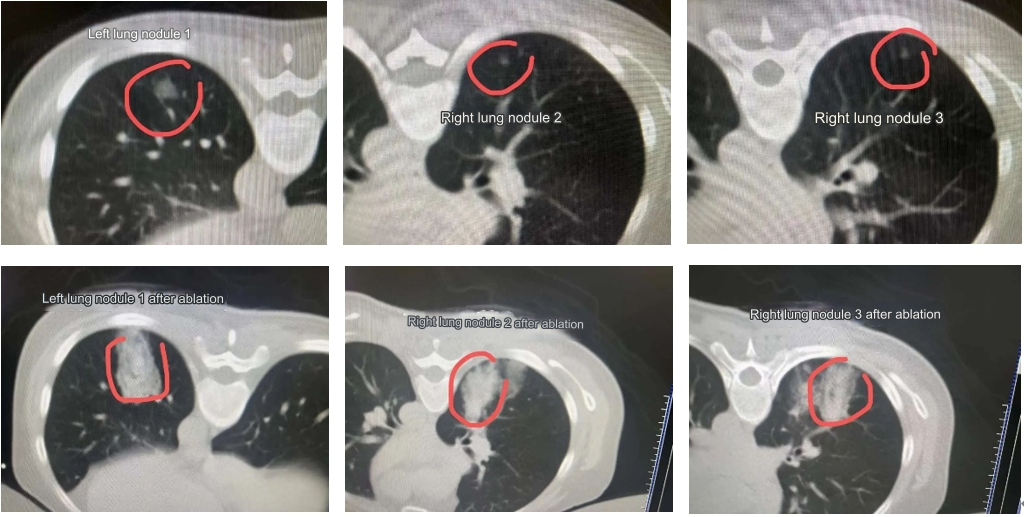
Comparison of the three pulmonary nodules before and after ablation
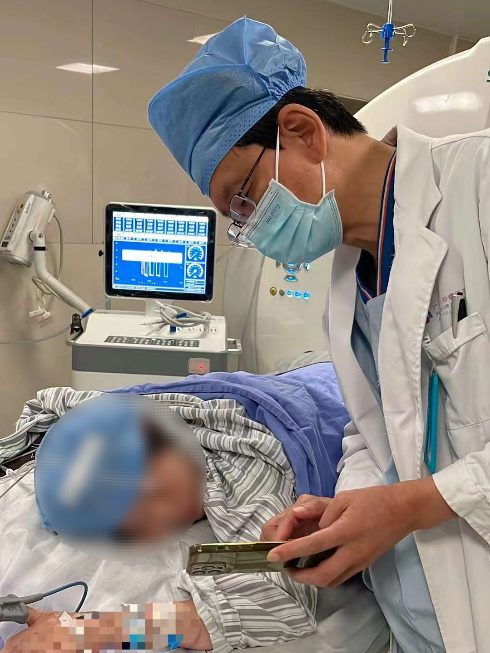
Post-operative communication with the patient
As people become more health-conscious and regular physical examinations become more common, the number of patients diagnosed with pulmonary nodules has been steadily increasing in recent years. Upon hearing the term "pulmonary nodule," many people's first reaction is to assume they have cancer, especially when nodules appear in both lungs, leading them to believe it signifies cancer metastasis.
Multiple pulmonary nodules refer to the presence of two or more round or irregular lesions in the lungs, each with a maximum diameter of ≤3 cm. In reality, pulmonary nodules do not necessarily indicate cancer. Inflammation, tuberculosis infection, and other conditions can also cause the formation of pulmonary nodules, so there is no need for excessive worry. Seeking timely medical diagnosis is sufficient. If malignancy is suspected, patients may face the question: can all the nodules be surgically removed?
For a single pulmonary nodule, surgery remains the standard treatment. However, patients with multiple nodules often cannot have all the lesions removed in one surgical procedure. Repeated surgeries present a dilemma: does the clinical benefit of removing the lesions outweigh the potential risk of lung function loss caused by the surgery?
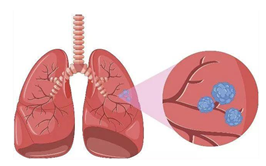
Image sourced from the internet
Compared to surgery, CT-guided pulmonary nodule ablation has become one of the preferred solutions for multiple pulmonary nodules due to its minimally invasive nature, precise targeting, high safety, and quick recovery. Among these, cryoablation is particularly suitable for treating most high-risk nodules and can accomplish both diagnosis and treatment in a single procedure.
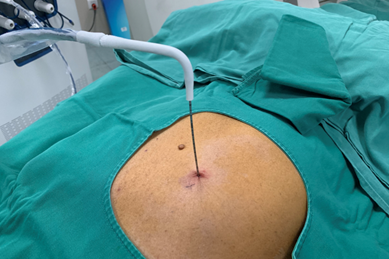
Ablation specifically targets the pulmonary nodules for destruction. If the patient’s body tolerates it and lung function is good, cryoablation can simultaneously treat multiple nodules located in different lung lobes. There was once a patient who discovered a pulmonary nodule during an examination. Over the next three years of follow-up examinations, more than ten ground-glass nodules of varying sizes were detected, with three of them increasing in size. Another hospital diagnosed one as carcinoma in situ and the other two as minimally invasive carcinomas.
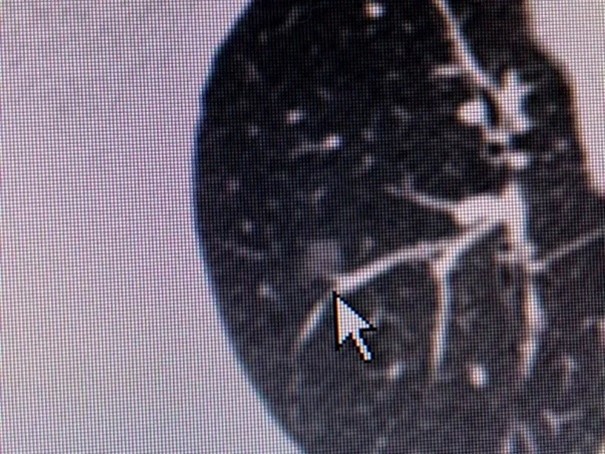
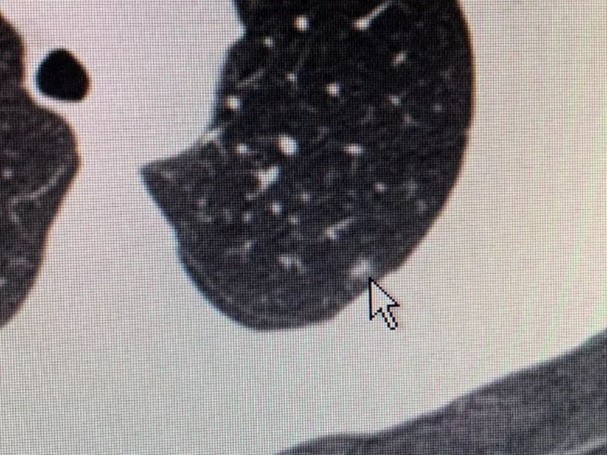
Lesion Ground-glass nodule
It is worth noting that these three lesions were distributed across both lungs, and surgery would have caused significant harm to the patient. Additionally, because the lesions were located subpleurally, using radiofrequency ablation could have caused severe pain, making it intolerable for the patient. The patient later came to our hospital for treatment.
During my examination, I found that the patient was still young, had good lung function, and had no other contraindications, so cryoablation could be attempted. Cryoablation causes minimal damage to the chest wall and less pain for the patient, while allowing for precise freezing and deactivation of the tumor using two cryoablation needles to fix the lesion. Ultimately, we resolved three "time bombs" for the patient in one ablation session.
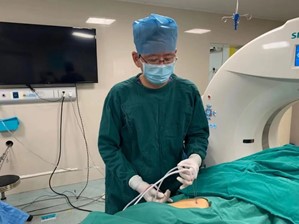
So, how many pulmonary nodules can be treated in one ablation session? Generally speaking, the medical community advises against exceeding three to five nodules in one session. This decision depends on the patient's specific physical condition and the size and location of the nodules. Especially for young patients with good lung function, multiple nodules can be ablated in one session, reducing the number of surgeries and saving time and costs.
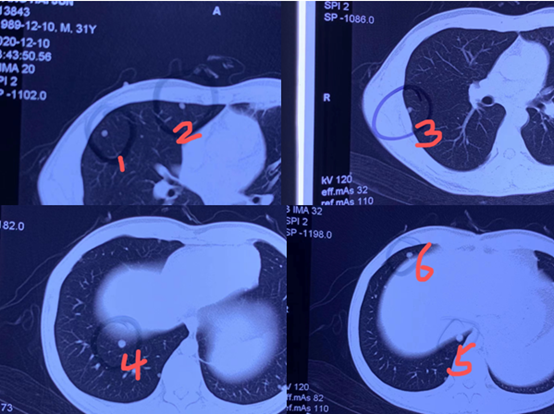

This is a case of a liver cancer patient with lung metastasis, where six pulmonary nodules were found. Considering the patient was relatively young and in good health, particularly with good lung function, cryoablation was used to treat all six nodules in one session, avoiding further trauma and reducing financial burden.
Of course, treating multiple nodules in both lungs in one session is a test of the doctor's skill, and Guangzhou Fuda Cancer Hospital has accumulated extensive experience in the field of cryoablation for pulmonary nodules. As a relatively safe treatment method, cryoablation has the advantages of minimal trauma, no significant pain, and quick post-operative recovery. It can also be combined with radiotherapy and chemotherapy and is applicable not only to pulmonary nodules but also to patients at various stages of lung cancer: curative in early-stage lung cancer; palliative in advanced lung cancer, reducing tumor burden and being suitable for patients with poor physical condition or those who have failed other treatments.